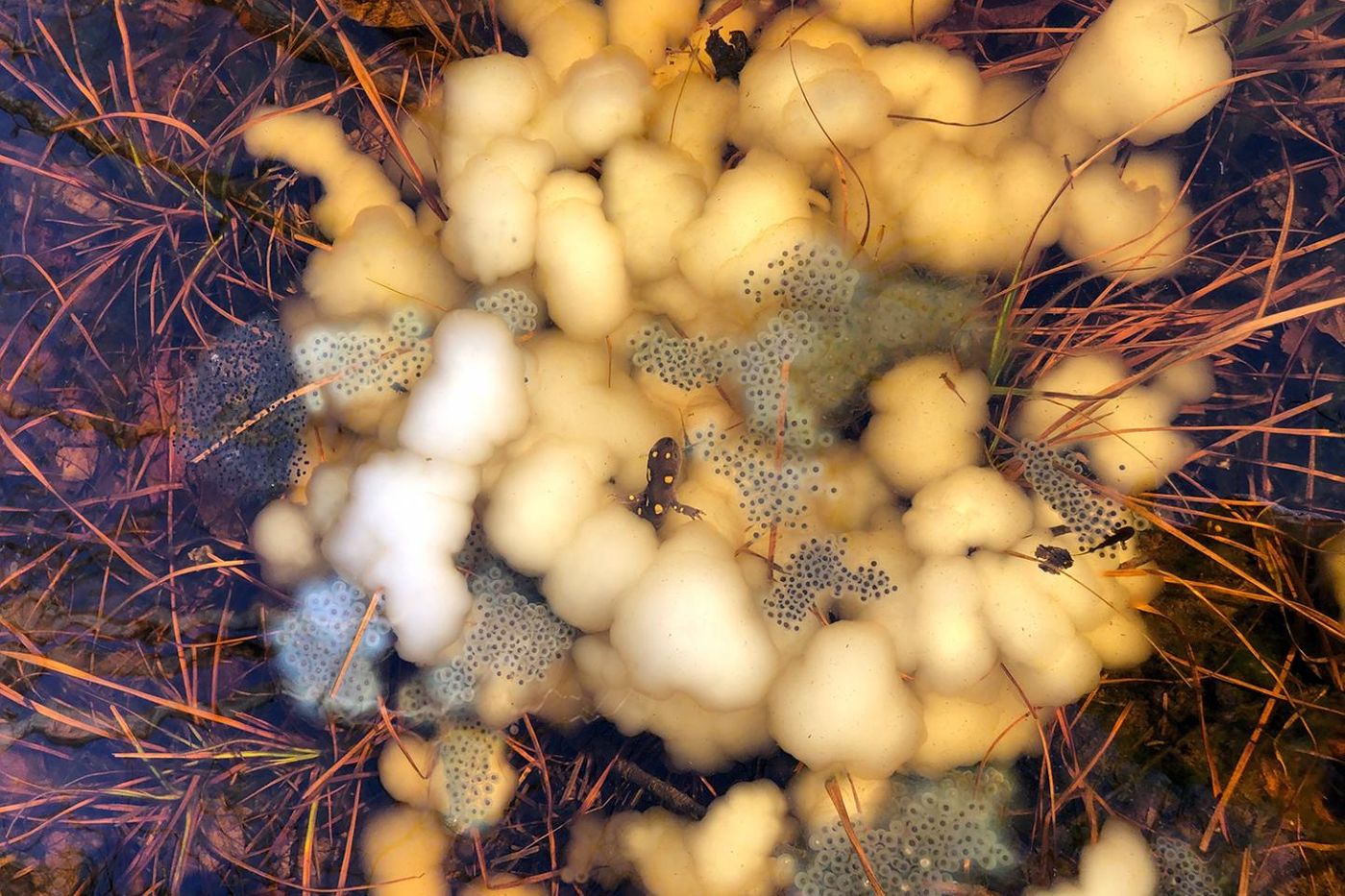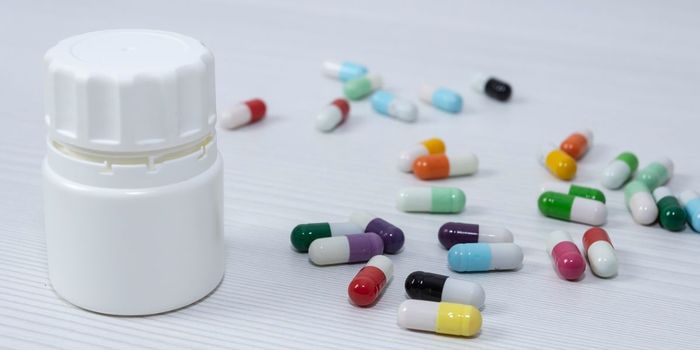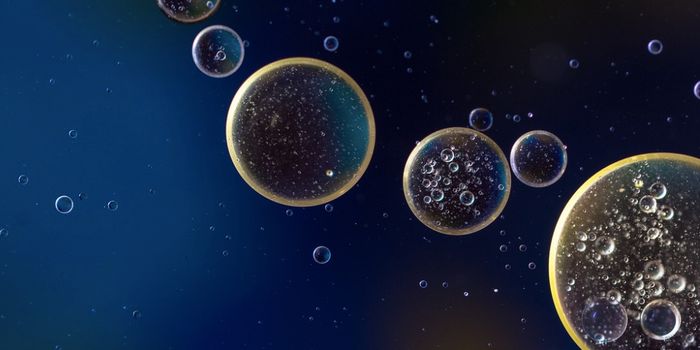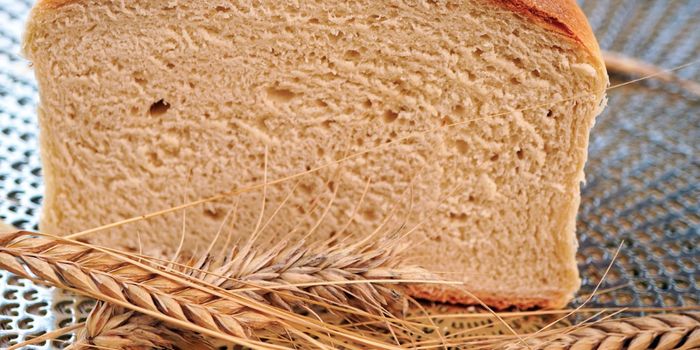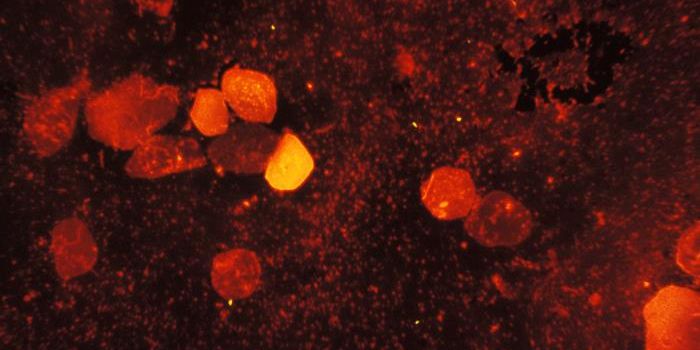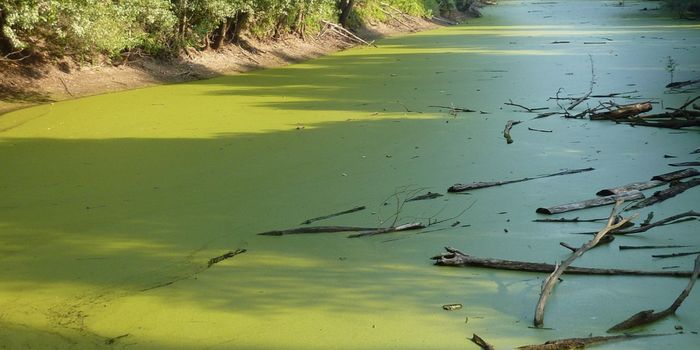Revealing the Secrets of a Symbiotic Relationship
Some salamanders (Ambystoma maculatum) have a strange relationship with a type of alga (Oophila amblystomatis); they are symbionts and the algae grow in the eggs of the salamanders and enter the tissues of the animal. It was once thought that the relationship was mutually beneficial because of a molecule exchange. But research reported in Frontiers in Microbiology has now shown that the salamander eggs and algae are actually competing for the carbon that's available in their environment. This work may help us learn more about the depths of the ocean.
"Direct associations between algae and vertebrate animals are rare, and so one of the big questions has always been why this symbiosis exists in the first place," said molecular biologist John Burns of the Bigelow Laboratory for Ocean Sciences. "Learning about the chemical dialog between the algae and salamander eggs is essential for understanding their relationship, and implications for other symbioses."
Many organisms including spotted salamander embryos take carbon dioxide from their environment and assimilate it, or fix it, for important biological reactions. It may be that the embryos' ability to fix carbon it a kind of shortcut that quickens other processes in the embryo, suggested Burns. Carbon is an essential part of many biochemical processes and if it's rapidly available for incorporation into new molecules, that may be a big advantage.
"Research today often doesn't account for the fact that animals can fix small amounts of carbon," Burns said. "Understanding that plants and animals can actually compete for carbon is one key to understanding what really happens in these symbiotic relationships."
While algae and plants use light to fix carbon, the salamander eggs don't.
It may be that the mechanisms that are working in the embryos could be similar to what occurs in some marine microbes, and they could serve as a kind of parallel. They may also be able to teach us more about how life is working in the depths of the ocean, where light doesn't penetrate.
"Learning more about these chemical dialogs could teach us about the players in dark carbon fixation, and help us begin understanding how big an effect this has on the global ocean," Burns said. "This research into the minute world inside a salamander egg can prompt us to ask new questions about the effects of competition for inorganic carbon, particularly during symbioses, on entire food webs."
Sources: AAAS/Eurekalert! via Bigelow Laboratory for Ocean Sciences, Frontiers in Microbiology
